When you’re a solopreneur running your own business (and you’re creative-minded on top of that!), it seems like there are million directions in which you can take your business.
We all have goals to improve our business. The biggest problem is there’s usually a million ways we can work towards those goals. How do you decide which path to take? Which marketing strategy to tackle? Is there a way to tell which option is the *best*?
Should you focus on social media? Should you build an email list? Should you set up a blog? Focus on improving your SEO, Pinterest presence, or product photos? Develop a new product line? Create wholesale relationships? Apply to more craft shows?
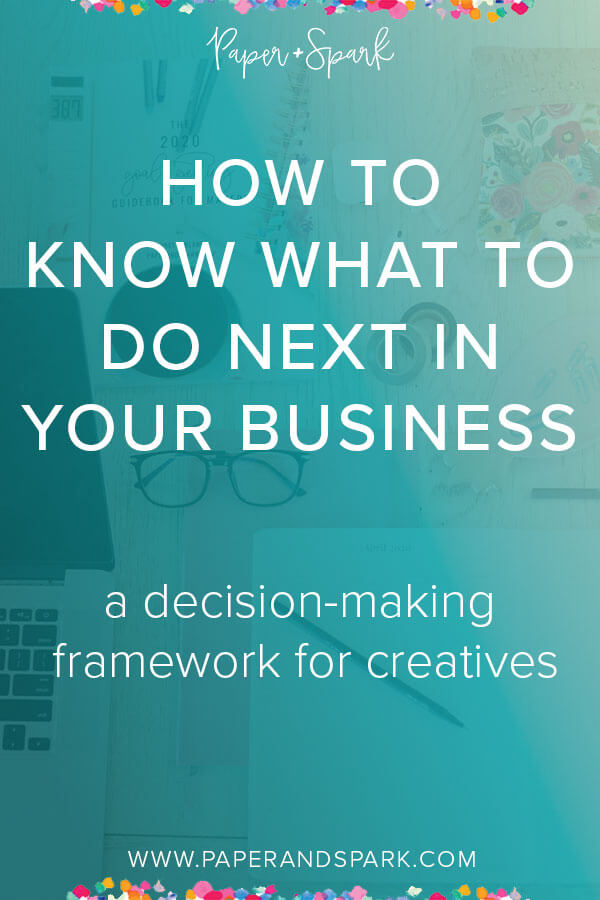
Seriously – the possibilities for things to pursue are truly endless. So what’s an entrepreneur to do? How do you know what thing to focus on NOW?
My suggestion is to try to avoid doing ALL the things right away. You know that saying, you can ANYthing, but not EVERYthing? This is the greatest temptation for the creative entrepreneur. We want to follow all the ideas, try all the things, which sure, can be fun. But generally leads to spreading ourselves too thin, burn out, and not making the big impact we’re seeking.
In my humble opinion, nothing is worse and more un-rewarding than doing tons of busy work and having no traction to show for it at the end of the day.
Today, I’d like to present a framework in which we can better answer the question of – which idea should I pursue next?
Q: IN A WORLD WITH LIMITED WORK HOURS, TO WHAT DO I DEDICATE MY LIMITED TIME & ENERGY?
Well huge surprise – if you know me at all, I am an analytical gal. If at all possible, I generally like to take a data-based approach to all these open-ended questions in my business.
One, that means I like to look at my past results – what has worked and what has not worked – before I make decisions about how to act in the present or future. (BTW, this is something I can teach you in depth in Next Level Numbers!).
Two, I like to keep the big picture of biz profitability in mind when making any decisions on how to spend my time.
Assuming your overall business goal is to increase your sales, there are literally dozens of ways you can work towards that goal.
(There are actually specific things you can work on that will help you reach your sales goals with less effort and less time. Specifically, I suggest focusing on increasing your conversion rate & average order value vs. focusing on increasing your traffic…but that’s a post for another day!)
So which ideas do you tackle NOW? This is where the decision-making framework comes into play.
Here are the cornerstones of the decision-making framework to help walk you analyze your options. You want to choose marketing strategies or ideas that are:
1️⃣ Directly aligned to your goal(s)
2️⃣ Require the amount of time, energy, and/or money that you’re willing to give right now
3️⃣ Create the biggest and/or quickest financial impact
4️⃣ Create long-term growth or a quick-win – whichever is right for this phase of life/business
5️⃣ Build the most momentum
Does that sound really obvious? Let’s talk about these more in depth.
Before we begin, I suggest considering your own business. Brain dump a list of ideas of strategies, marketing opportunity, and actions that you’ve been tossing around to help you grow your business. Get everything out of your head and on paper.
Go ahead, I’ll wait.
Now let’s figure out which one to tackle first!
WHAT IDEAS DIRECTLY ALIGN TO YOUR GOALS AND OBJECTIVES?
First – this requires actually having a goal or objective! Your general goal may be increase sales, get more traffic, etc. All potential growth strategies or marketing opportunities should be filtered through your goals & objectives.
The more detailed your goal, the easier this will be. Check out Next Level Numbers if you need help setting goals and focusing on which areas of your business will make the biggest impact.
On your list of ideas, any option that gets top priority should be one that truly helps you get a step closer to your goal. Which ideas on your list don’t have a direct correlation?
We LOVE to get distracted by shiny objects. Sure, you can start an email list/blog/separate site for your shop. Sure, you can get on TikTok/YouTube/whatever other platform is hot right now. Sure, you can rebrand your shop/re-take all your photos/re-do your colors. Sure, you can start adding a line of wreaths to your shop even though you sell jewelry (guilty! 🙋🏻♀️)
BUT what evidence do you currently have that this THING will get you closer to your big dreamy goal? Is it even directly related? Or is it a distraction or yet another shiny object?
It’s a challenge to work with intention these days. If you don’t have any evidence – or past business results – that this new idea or thing will create actual sales growth for you – then I suggest putting it at the bottom of your priority list for now.
Don’t fret – it doesn’t mean you won’t ever get to try out YouTube or start your own site or whatever. It means you choose to pursue the work that gets you results FIRST. And once you’ve mastered those things (or doing a slow period when it makes sense) you tackle the shinier objects.
The only way to truly gain traction is to stay focused on your end objectives and filter your decisions through these.

WHAT REQUIRES THE AMOUNT OF TIME, ENERGY, OR MONEY THAT YOU ARE WILLING AND ABLE TO INVEST?
Some ideas will literally be free, and some (like ads or investing in a new course, tools, product line, or contractor) will cost money. Some ideas will take a lot of your time & energy to build out. Other ideas may be actions you can take in one afternoon.
There’s no right or wrong here because it depends on your needs and where your business is at. But obviously, don’t opt for a building out a new website if you only have 2 hours a day to work on your business and your site will be a work in progress for the next year. And don’t decide to spend a hundred dollars a day on ads if you’re on a tiny budget right now.
WHAT IDEAS CAN CREATE THE BIGGEST, MOST DIRECT, OR MOST IMMEDIATE IMPACT ON YOUR BOTTOM LINE?
In general, growth strategies should either increase your visibility or increase your sales revenue. Distinguishing which options help achieve which outcome is vital.
What choice is most likely to have a direct impact on your bottom line? Which options have more of a trickle down effect or a longer path to impacting your bottom line?
I generally suggest making actions that will increase your revenue the priority, but again – there’s not always a right/wrong answer and sometimes it makes sense to focus on growing your visibility. Just resist the temptation to avoid the revenue-generating work for a shiny object.
DECIDE IF THIS IS A SEASON FOR LONG-TERM GROWTH OR A QUICK WIN.
Consider the time frame of each potential marketing or growth strategy. Some efforts provide a quick win, or a quick financial impact – like hosting a last minute sale or investing in ads.
Other strategies take a long time to see improvement or results, like SEO tweaks or getting started on Pinterest. Some are “one and done” and reap the rewards going forward, while some are strategies that must be continuously monitored or worked on.
There’s no right or wrong answer to this. A lot depends on WHAT result you’re hoping to achieve, and how soon. You may be in a slow season where you have time & energy to invest in creating long-term growth with a trickle down effect. Or you may not.

WHAT IDEA WILL HELP YOU BUILD POSITIVE MOMENTUM, BOTH WITHIN YOUR BIZ AND WITHIN YOUR OWN HEAD?
Improving certain areas of your business can give you lasting positive results. Once you optimize your SEO, you can reap those rewards for months or years to come. Once you hit 10k followers on Instagram or build out a popular Pinterest board, that can bring you traffic and sales while you sleep.
It’s the *snow ball* effect. There are some things you can take care of in your business that give you long-term rewards that increase over time.
Once you 100% master that “thing” it can always be working for your business in the background while you tackle your next project.
Also think about momentum not just in your business but in your mind. Sometimes, especially during a slump, we need a victory or two to tackle the really big hard project we’ve been putting off. Is there something you can do in your business now that will give you the momentum you need to tackle something bigger?
Again, this depends on what you’re hoping to achieve and how soon.
Something I want to add before closing out – let this framework not just help you prioritize what to work on, but also give you permission for what to cross off your list.
We are all subject to the *hustle frazzle* feeling in the entrepreneur industry these days, where it feels like we need to be doing ALL the things in ALL the places ALL the time.
If there’s something on your idea list that you feel like you *should* be doing but it doesn’t make sense when you walk through this framework, 100% give yourself permission to NOT DO IT.
Now that you’ve worked your list of ideas through this framework, I hope you have a clearer idea of which item should have priority on your to do list.
Keep your business’ past results and those big picture goals in mind. Consider which actions have the biggest potential impact on your bottom line. And move forward with more confidence and clarity!



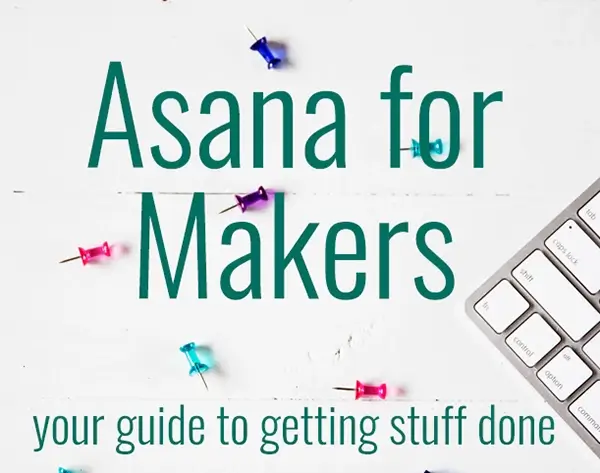
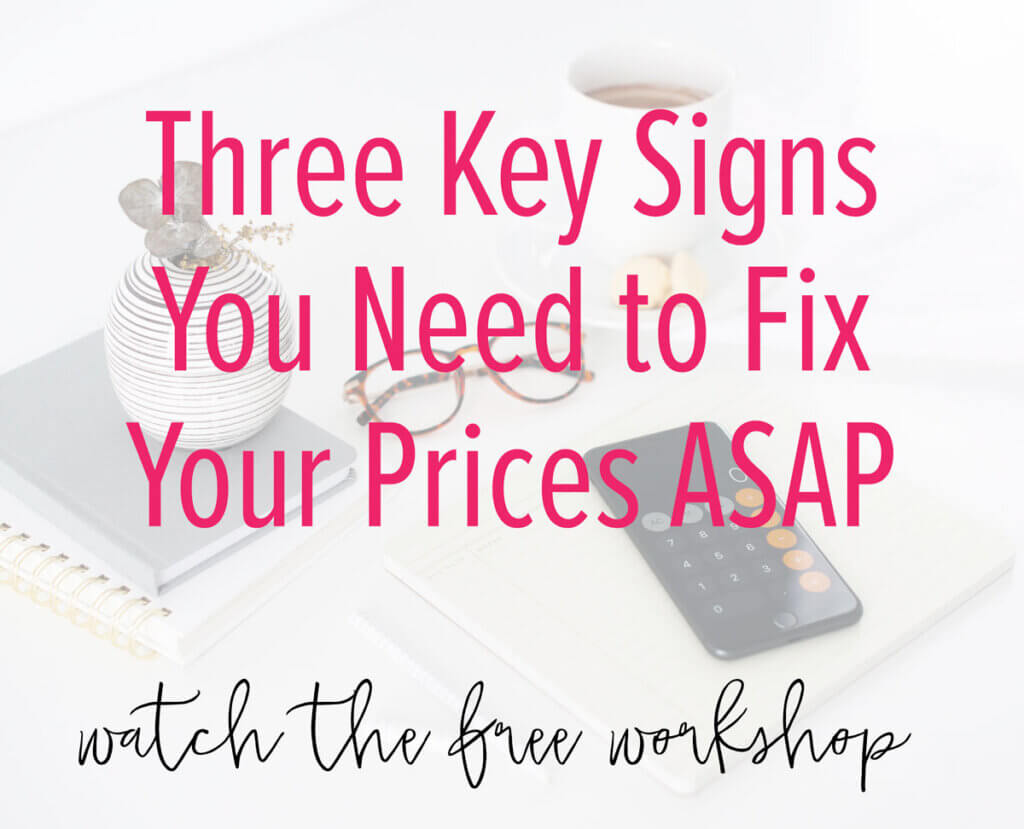

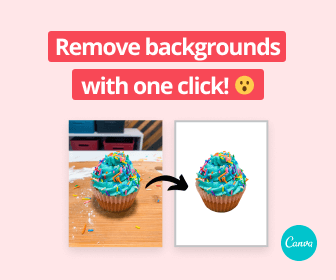

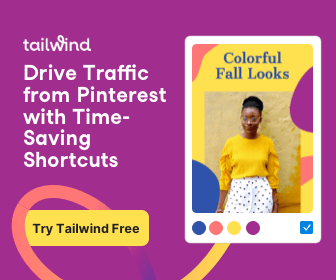

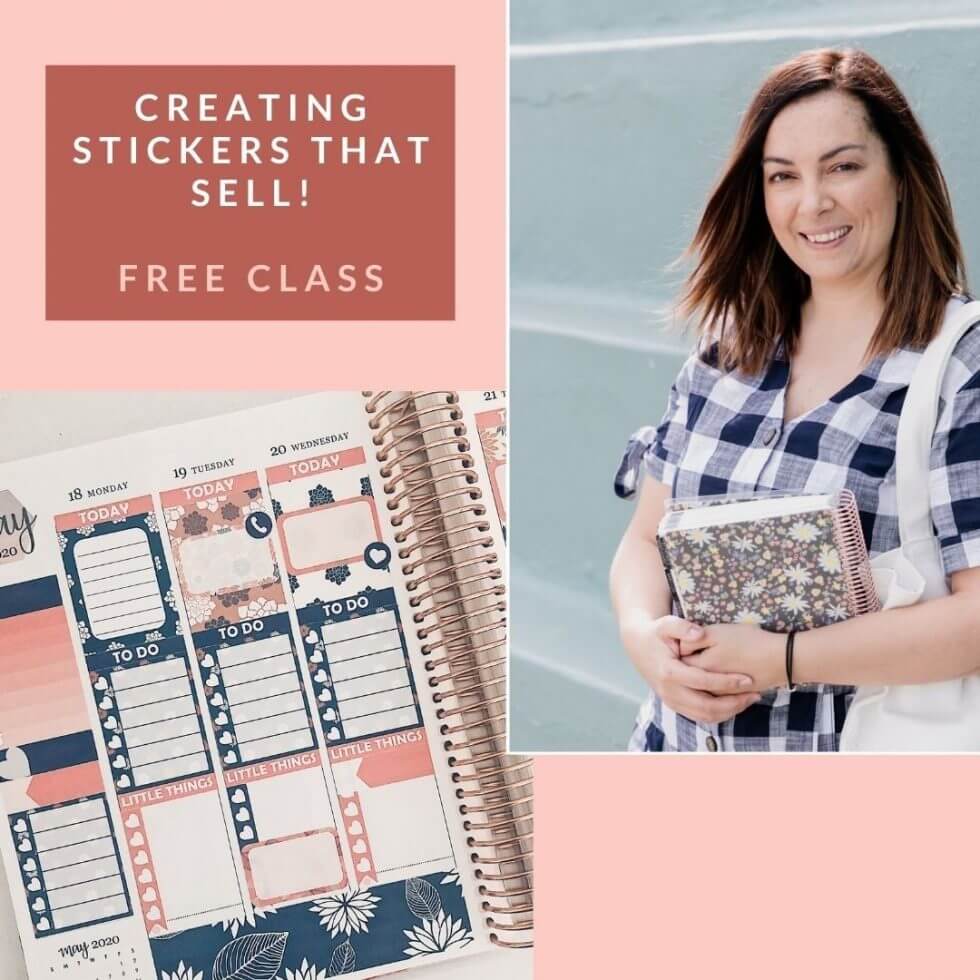
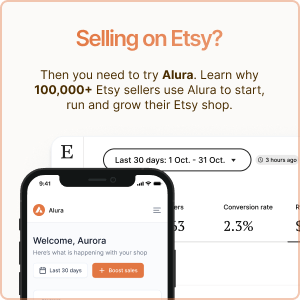

Seems like there should be a flowchart as an image but not seeing one.